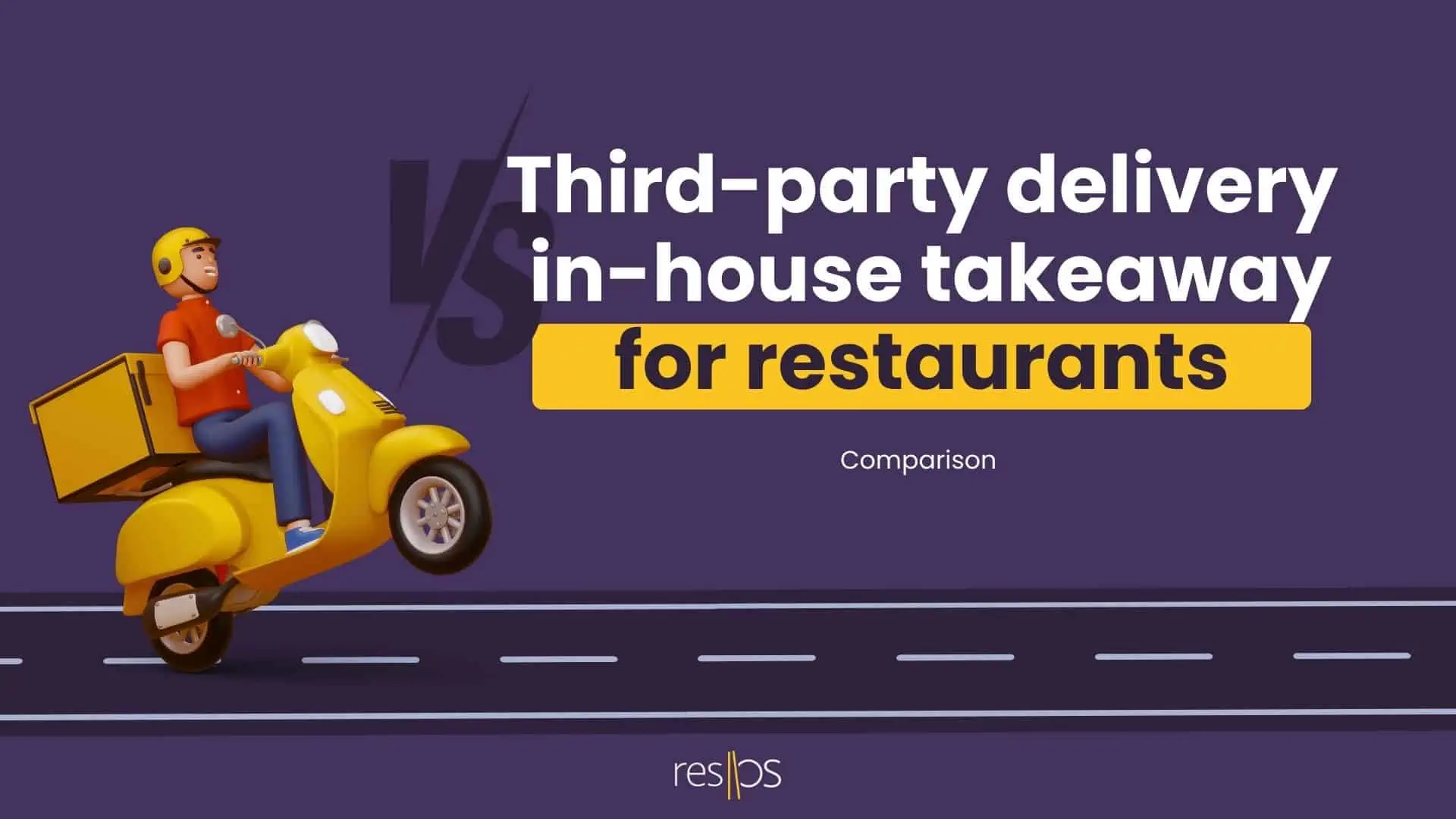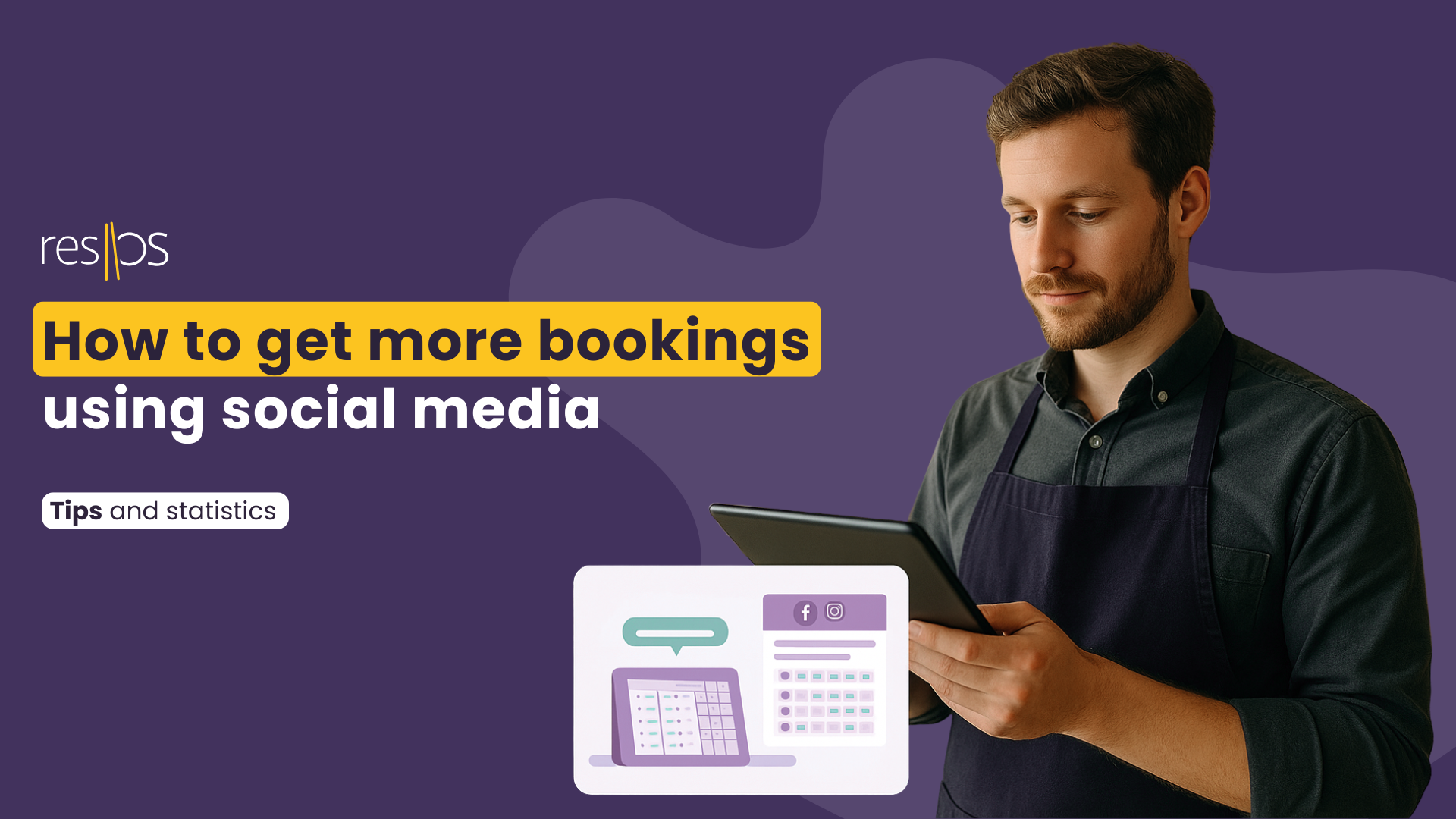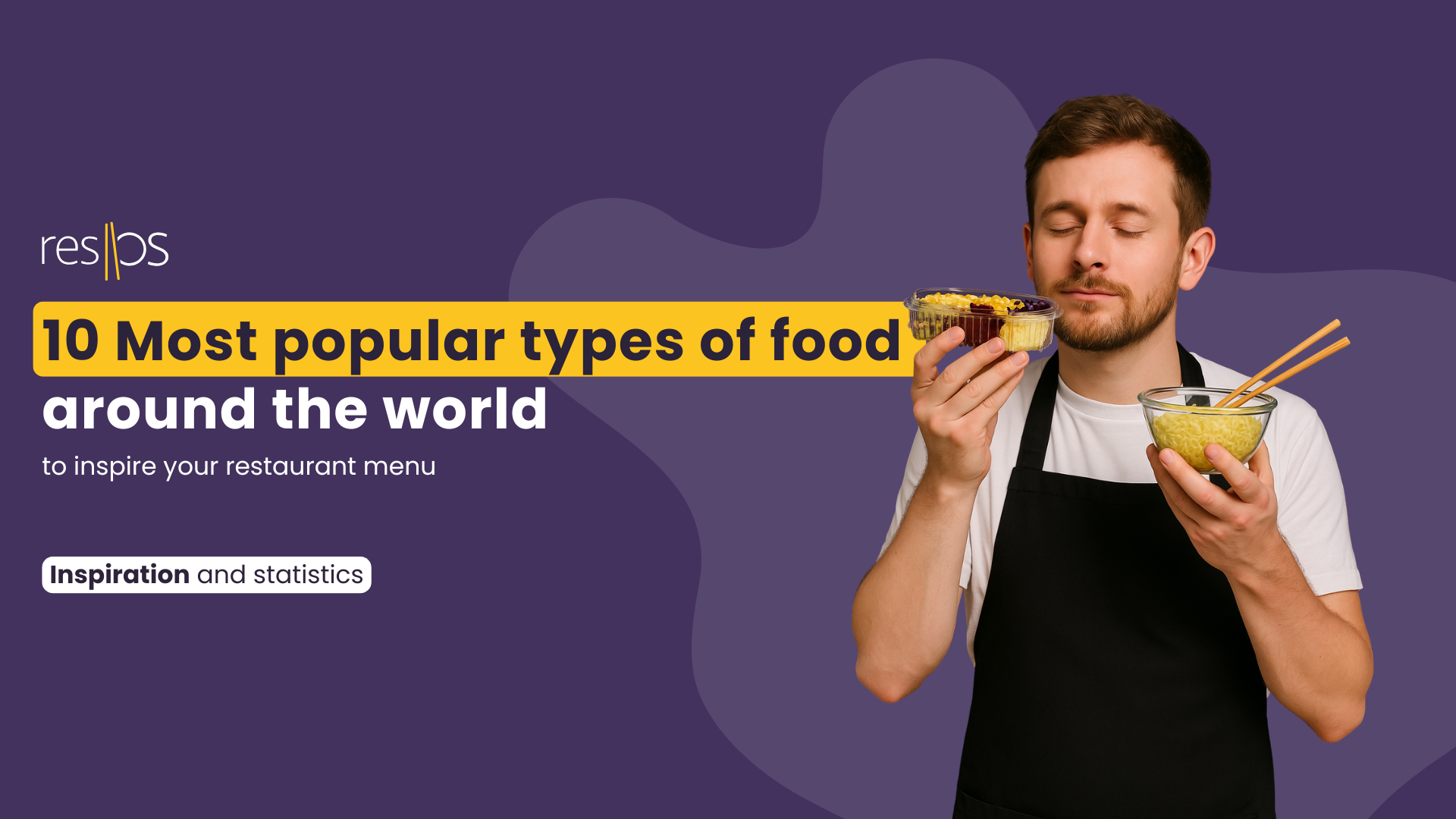
The culinary landscape is constantly evolving, and one of the most significant changes in recent years has been the meteoric rise of third-party food delivery services.
These platforms have revolutionized the way customers order food, offering convenience and accessibility like never before. In this article, we’ll delve into the intricacies of third-party delivery for restaurants, the rise of in-house takeaway systems, and how both models affect the industry.
What is third-party delivery for restaurants?
💡 Third-party delivery for restaurants is a service where a company partners with restaurants to deliver food to customers. Restaurants pay a commission fee on each order.
Third-party delivery has become increasingly popular in recent years, as it offers a convenient way for customers to get food delivered from their favorite restaurants. However, it is important to note that third-party delivery companies typically charge restaurants a commission fee on each order.
💡 EXAMPLE:
Imagine that you own a pizza restaurant. You can either deliver your pizzas yourself, or you can partner with a third-party delivery company.
If you partner with a third-party delivery company, the company will take care of the entire delivery process for you. You will not need to invest in delivery vehicles or hire delivery drivers. You will also not need to manage the delivery process yourself.
Comparison of popular third-party delivery partners
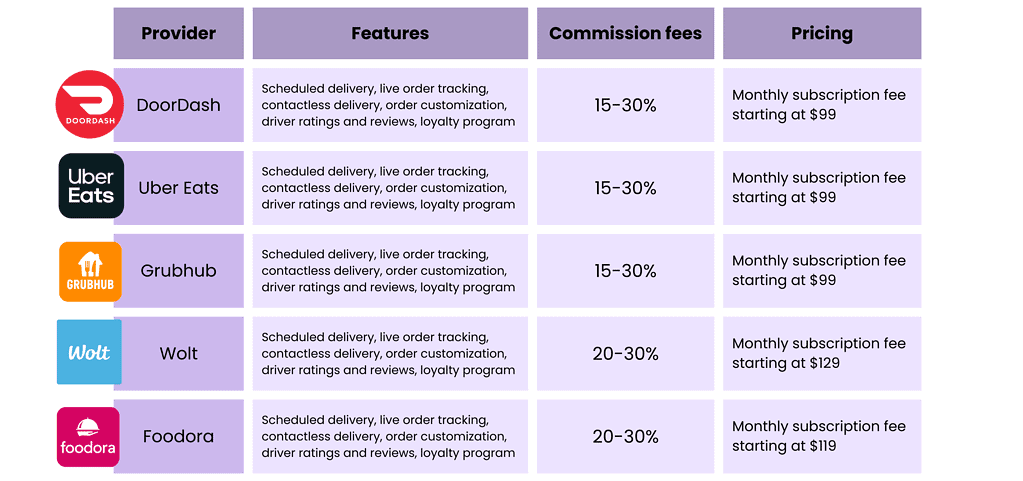
All of these providers offer a similar set of features, including scheduled delivery, live order tracking, contactless delivery, order customization, driver ratings and reviews, and loyalty programs. However, there are some key differences in terms of commission fees and pricing.
Advantages of third-party delivery for restaurants:
✔️ Customer convenience: Seamless access for customers to order from their favorite eateries.
✔️ Time and cost savings: Elimination of investments in delivery infrastructure.
✔️ Wider reach: Tapping into a larger pool of potential customers.
Disadvantages of third-party delivery for restaurants:
✖️ Commission fees: Higher fees, impact profit margins.
✖️ Control limitation: Reduced oversight on delivery quality and customer experience.
✖️ Customer data utilization: Apps collect customer data for their marketing purposes.
Third-party delivery can be a convenient and cost-effective way for restaurants to offer delivery to their customers. However, it is important to weigh the pros and cons carefully before deciding whether to use a third-party service.
Tips to consider while choosing third-party delivery
Here are some tips for restaurants that are considering using third-party delivery:
- Delivery area: Make sure that the provider offers delivery in the areas where your customers live and work.
- Commission fee: Compare the commission fees charged by different providers. Keep in mind that higher commission fees can eat into your profits.
- Popular features: Consider the features that are essential to you and your customers, such as scheduled delivery, live order tracking, and contactless delivery.
- Reputation: Choose a provider with a good reputation, and read reviews carefully for customer service and reliability.
What is an in-house takeaway system?
💡 An in-house takeaway system is a software solution that allows restaurants to manage their takeaway orders and delivery operations in-house. This means that restaurants can control the entire takeaway process, from order taking to delivery, without having to rely on a third-party delivery service.
In-house takeaway systems typically include features such as online ordering, delivery management, customer relationship management (CRM), inventory management, and reporting.
💡 EXAMPLE:
Picture running a bustling pizza restaurant. Instead of relying on a third-party service, you opt for an in-house takeaway system like resOS. With resOS, you take command of the entire takeaway process, from order inception to delivery, streamlining operations and eliminating reliance on external services.
This robust software ensures efficient online ordering, precise delivery management, adept customer relationship management (CRM), seamless inventory control, and detailed reporting – all under your purview.
With resOS takeaway system, your restaurant gains full control and efficiency, creating a superior customer experience while maximizing profits.
Comparison of popular in-house online takeaway systems
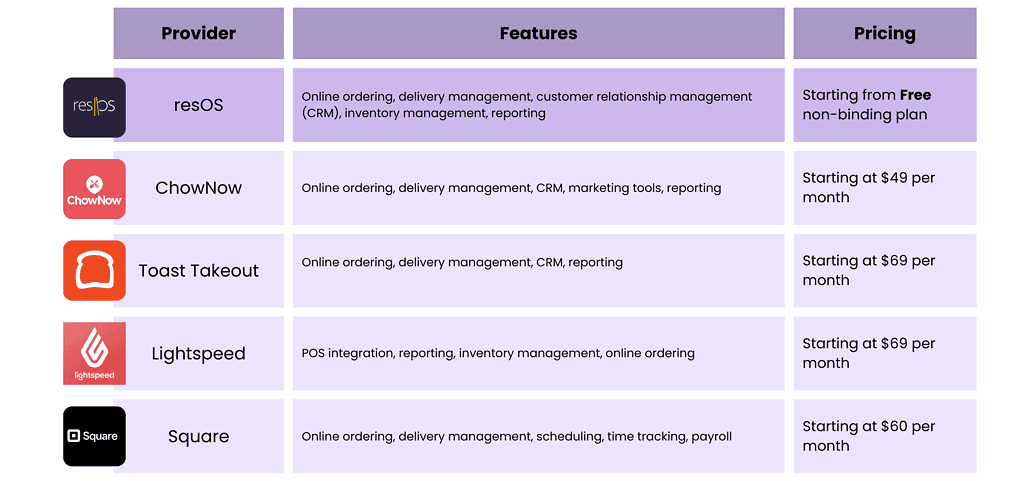
This comparison highlights the diverse features and pricing structures of these five in-house takeaway systems, showcasing their functionalities, integration capabilities, customer support, customization options, and marketing tools alongside their respective pricing models.
🤫 Psst! With resOS, you can integrate a booking system into the same account, managing all aspects of your restaurant seamlessly.
Advantages of using an in-house takeaway system:
✔️ Savings on commission fees: Directly impacting bottom-line profits.
✔️ Enhanced control: Full control over customer experience and operational processes.
✔️ Customer data collection: Utilizing customer information for marketing and improvements.
Disadvantages of using an in-house takeaway system:
✖️ Upfront investment: Initial capital outlay for software and hardware.
✖️ Increased management requirements: More involvement in managing operations.
Tips to consider while choosing an in-house takeaway system
Here are some additional tips for choosing an in-house takeaway provider:
- Feature and pricing comparison: Evaluating offerings of different providers.
- Review analysis: Assessing feedback from other restaurants for insights.
- Trial period usage: Exploring free trials for hands-on experience before commitment.
What is the difference between third-party and in-house?
Third-party delivery services are characterized by limited control for restaurants, as these services manage the delivery process externally and typically impose commission fees on each order, impacting overall profit margins.
They offer indirect customer interaction and outsource logistical operations. In contrast, in-house takeaway systems grant restaurants complete control over the delivery process, eliminating commission fees and allowing direct customer interaction. Restaurants manage all aspects internally, fostering stronger customer relationships and retaining full profits.
What should you choose: a third-party or in-house system?
Both third-party and in-house systems have their merits and drawbacks. While third-party services offer convenience, they come at a cost due to high commission fees. In-house systems provide control but require upfront investments.
To aid in this decision-making process, consider your budget, target market, and business objectives.
Empowering your restaurant with resOS takeaway system
- Reduction in commission fees: Saving significantly by managing deliveries internally.
- Increased profit margins: Controlling delivery fees and retaining profits.
- Improved customer experience: Guaranteeing quality and positive interactions.
- Direct customer relationships: Understanding customer needs for better marketing.
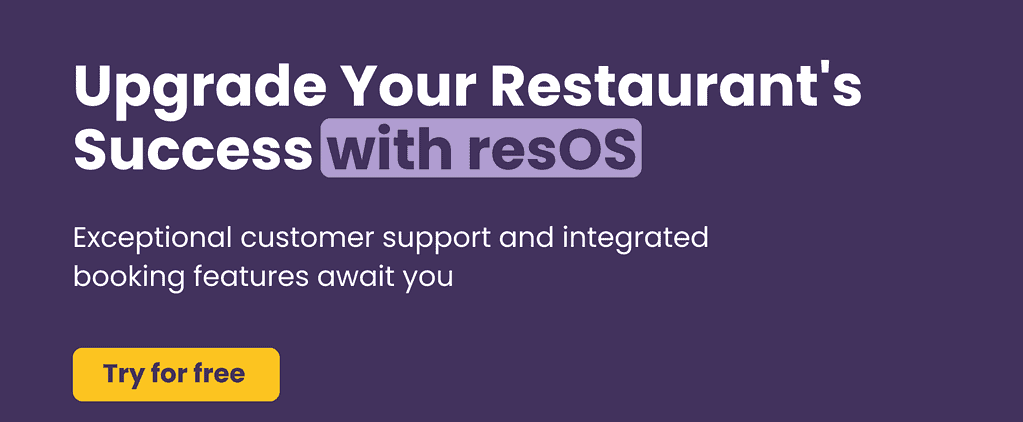
If you’re considering an in-house online takeaway system, resOS takeaway could be your solution. It’s user-friendly, cost-effective, and adaptable, offering a superior experience for your customers while bolstering your bottom line.
